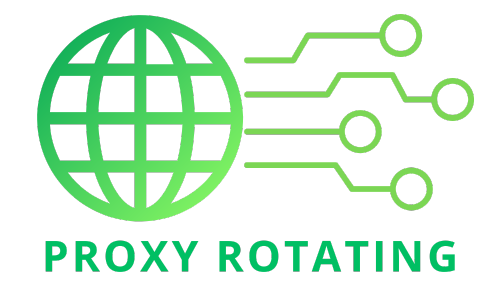Blockchain is a distributed ledger technology that allows data to be stored transparently and immutably across a global network of computers. It creates a system of recording transactions without requiring a central authority to verify, making the process faster and more secure. The benefit of blockchain in transaction security comes from its high encryption capability and immutable structure. It ensures that once a transaction is added to the chain, it cannot be hacked or altered, providing a solid layer of security for online transactions. Proxy Rotating will give information on Blockchain security transaction system projects in the following article, so stay tuned!
Blockchain applications in blockchain security transaction system project
Blockchain technology revolutionizes secure transactions across various sectors, offering unprecedented security, efficiency, and trust. Here’s a closer look at how blockchain is being applied in secure transaction systems through various blockchain security transaction system projects:
Decentralized payment systems (DApps)
Decentralized Applications (DApps) are transforming traditional payment systems by utilizing blockchain to facilitate secure, transparent, and direct transactions between parties without intermediaries. These systems reduce transaction costs, increase transaction speed, and enhance data integrity and security. By leveraging smart contracts, DApps automate transactions and enforce terms of agreements automatically, further securing and streamlining the payment process.
Notable Blockchain projects
- Vatshayan/Money-Transaction-Security-Blockchain-Project: This project exemplifies the use of blockchain to enhance the security of money transactions. By embedding security protocols directly into the transaction process, it aims to reduce fraud and unauthorized access, ensuring that every transaction is verifiable and immutable.
- Blockchain-based decentralized payment system: Such projects focus on creating a payment system that operates without central authority, thereby reducing the potential for single points of failure and attacks while ensuring privacy and security for its users. Transactions on these platforms are transparent to all participants and immutable once recorded.
- Physical security system design using Blockchain: This innovative application of blockchain technology uses decentralized ledgers to secure physical assets and locations. By recording access logs and security breaches on a blockchain, these systems ensure that data cannot be tampered with retroactively. This application can revolutionize how we think about physical security, from entry controls to surveillance.
Blockchain’s application in secure transaction systems underscores its potential to transform the financial sector and how we secure physical assets and conduct business in a digital age. The decentralization, immutability, and transparency offered by blockchain provide a robust foundation for developing secure, efficient, and trustworthy transaction systems across various domains.
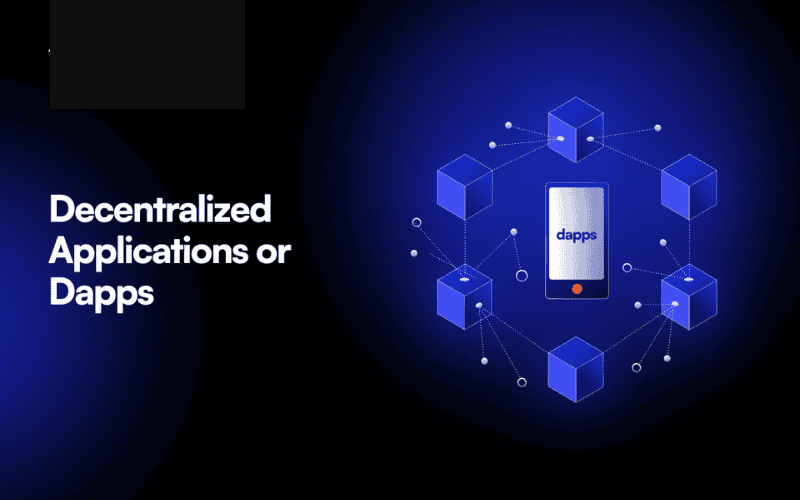
Benefits of a blockchain-based secure transaction system
A blockchain-based secure transaction system offers many benefits that revolutionize transactions, making them more secure, efficient, and transparent. Here are some key advantages:
Enhanced security: Blockchain utilizes advanced encryption techniques, making it highly secure against fraud and unauthorized access. Each transaction is recorded as a block of data linked to the previous one, creating an immutable and tamper-proof chain. This ensures that once a transaction is entered into the ledger, it cannot be altered or deleted, significantly reducing the risk of fraud. These features are integral to the blockchain security transaction system project, ensuring robust participant protection.
Decentralization: By distributing its operations across a network of computers, blockchain eliminates the need for a central authority, reducing the risk of corruption, tampering, and single points of failure. This decentralization ensures that no single entity controls the entire network, making it more resilient against attacks and operational failures.
Transparency: All transactions recorded on the blockchain are visible to all participants, making the system highly transparent. This transparency helps build trust among users, as everyone can verify transactions independently and ensure that the system operates fairly and correctly.
Efficiency and speed: Blockchain streamlines and automates transaction processes, significantly reducing the time and cost associated with traditional methods. Smart contracts execute transactions automatically based on predefined rules, eliminating the need for intermediaries and reducing delays. This efficiency is a cornerstone of the blockchain security transaction system project, enhancing the overall speed and responsiveness of the system.
Traceability: Each transaction on a blockchain is recorded with an immutable audit trail, making it easy to track the history of asset transfers. This traceability is particularly beneficial in supply chain management, where it can ensure the authenticity of products by tracking their origin and journey. The blockchain security transaction system project leverages this feature to provide unparalleled transparency and security.
Cost reduction: Blockchain can significantly lower transaction costs by automating transactions and eliminating the need for middlemen or third parties. This includes costs associated with audits, compliance, and settlements, as blockchain’s transparent and immutable nature streamlines these processes.
Access and inclusion: Blockchain technology can provide secure transaction systems to regions with limited access to traditional banking services. This inclusivity can help increase economic activities and opportunities for people worldwide.
Innovation and new opportunities: The secure, transparent, and efficient nature of blockchain-based transaction systems opens up many possibilities for innovation in various industries, from finance and healthcare to real estate and beyond.
In summary, blockchain-based secure transaction systems enhance the security and efficiency of transactions and foster transparency, trust, and inclusivity, paving the way for a more connected and equitable global economy.
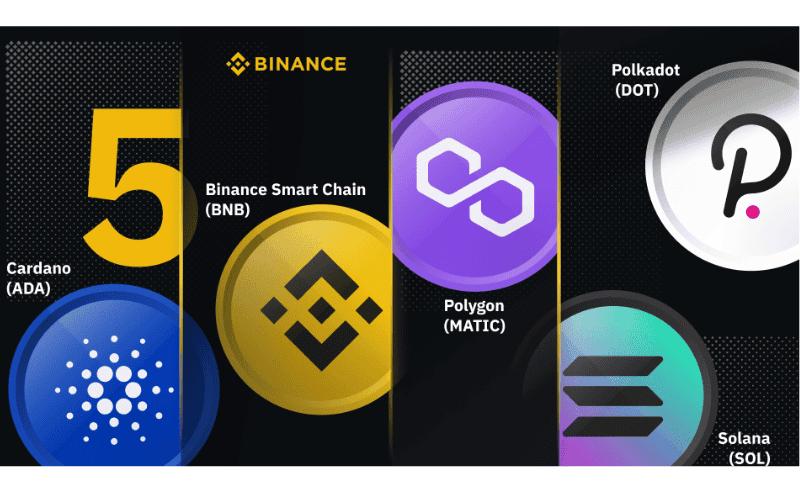
Decentralized payment system based on blockchain
A decentralized payment system based on blockchain technology represents a paradigm shift from traditional, centralized financial systems to a distributed and transparent transaction approach. This system leverages the core principles of blockchain technology to facilitate secure, direct payments between parties without the need for intermediaries like banks or payment processors. Here are the key features and benefits of a decentralized payment system based on blockchain:
Key features
- Peer-to-peer transactions allow direct transactions between parties without going through a central authority. This peer-to-peer nature significantly reduces transaction times and costs.
- Security and privacy: Utilizes advanced cryptography to secure transactions, protecting personal information and transaction details. The decentralized nature also means no single point of failure, enhancing security against attacks and fraud.
- Transparency and trust: Although transactions are secure and anonymous, the blockchain ledger is open and transparent. Every transaction is recorded on a distributed ledger, providing a clear audit trail that anyone on the network can verify, thereby fostering user trust.
- Accessibility: Offers a global payment solution accessible to anyone with an internet connection, including those in unbanked or underbanked regions, thereby promoting financial inclusion.
- Reduced costs: By eliminating intermediaries and automating processes through smart contracts, decentralized payment systems can significantly reduce transaction fees, making it a cost-effective alternative to traditional payment methods.
Benefits
- Autonomy: Users have complete control over their transactions and funds without relying on third parties, offering greater independence and freedom.
- Lower fees: The absence of intermediaries and lower operational costs translate into minimal transaction fees, making microtransactions and international transfers economically viable.
- Faster settlements: Transactions are processed almost instantly, regardless of the parties’ locations, making it an efficient option for global commerce.
- Enhanced security: Blockchain’s decentralized and encrypted nature minimizes the risk of hacking, fraud, and unauthorized access.
- Non-discriminatory: Provides a neutral and open transaction platform without biases or restrictions imposed by traditional financial institutions.
Challenges and considerations
- Scalability: Handling a high volume of transactions without compromising speed and efficiency remains challenging for some blockchain networks.
- Regulatory uncertainty: The legal and regulatory framework for blockchain and cryptocurrencies is still evolving, which may pose challenges for widespread adoption.
- Technical complexity: Navigating blockchain wallets and understanding the technology can be daunting for some users, potentially limiting accessibility.
In summary, decentralized payment systems based on blockchain technology offer a revolutionary alternative to traditional financial systems, providing enhanced security, lower costs, and greater efficiency. As the technology matures and overcomes existing challenges, it holds the potential to redefine global financial transactions and promote greater economic inclusivity.

The Future of Blockchain Security Transaction System Project
The future of blockchain-based secure transaction systems promises significant transformations across multiple sectors, redefining how transactions, contracts, and data management are conducted. As we look ahead, several key trends and developments are likely to shape the evolution of these systems:
Integrating advanced technologies
Blockchain is expected to integrate more seamlessly with other emerging technologies, such as artificial intelligence (AI), the Internet of Things (IoT), and 5G networks. This integration can enhance blockchain systems’ scalability, security, and automated decision-making capabilities, opening up new possibilities for faster, more secure, and more efficient smart contracts and autonomous transactions.
Widespread implementation throughout sectors
While blockchain started within digital currencies, its application rapidly expanded to other sectors, including supply chain management, healthcare, finance, real estate, and governance. The technology’s ability to ensure transparency, efficiency, and security will drive wider adoption as businesses and governments seek to leverage these benefits to optimize operations, reduce fraud, and improve customer trust.
The establishment and normalization of guidelines
As blockchain technology matures and becomes more prevalent, regulatory frameworks are expected to evolve to provide more explicit guidelines and standards for its use. This evolution will likely include measures to ensure data privacy, transaction security, and consumer protection, which will be crucial for widespread adoption. Moreover, standardization efforts will ensure interoperability between different blockchain systems and traditional IT infrastructures, making it easier for organizations to adopt and integrate blockchain into their existing processes.
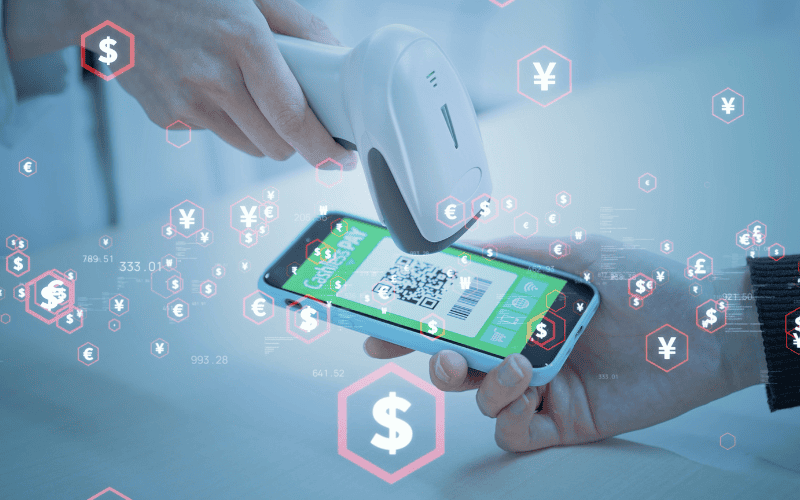
Enhanced scalability and greater efficiency
One of the challenges facing current blockchain systems, particularly those underpinning cryptocurrencies, is scalability. Future developments are expected to focus on enhancing the transaction processing capacity of blockchain networks, reducing energy consumption, and improving overall efficiency. Innovations such as sharding, layer two solutions, and more efficient consensus mechanisms will significantly address these issues.
Focus on improving privacy and security protocols.
As blockchain systems become more integrated into critical infrastructures, ensuring the privacy and security of transactions will become even more important. Advances in cryptographic techniques, such as zero-knowledge proofs and secure multi-party computation, will help create transaction systems that are secure and transparent and protect individual users’ privacy.
Broader social and economic impacts
The DeFi sector, which aims to recreate and improve upon traditional financial systems with decentralized technologies, is poised for further growth. DeFi platforms are expected to offer a broader range of services, including more sophisticated lending protocols, derivative products, and insurance, all operated transparently and securely on blockchain networks.
Expanded social and economic consequences
Finally, blockchain-based secure transaction systems have profound societal and economic implications. By enabling more direct and efficient interactions between parties, blockchain has the potential to reduce the cost of trust, democratize access to financial services, and create new opportunities for economic participation on a global scale.
The future of blockchain-based secure transaction systems is bright, with ongoing advancements likely to overcome limitations and open new avenues for innovation and efficiency across various sectors. The journey ahead involves technological innovation, regulatory adaptation, collaboration across industries, and a focus on creating inclusive and sustainable economic systems.
Which are the most popular blockchain project ideas for beginners?
For beginners interested in blockchain technology, starting with projects that are not overly complex but still provide substantial learning opportunities is ideal. Here are some popular blockchain project ideas suitable for beginners:
- Cryptocurrency Wallet:
- Description: Develop a simple cryptocurrency wallet to store, send, and receive tokens.
- Learning Focus: Understanding blockchain transactions, public/private keys, and basic security principles.
- Tools: JavaScript, React, Node.js, and APIs from blockchain platforms like Ethereum or Bitcoin.
- Decentralized Voting System:
- Description: Create a blockchain-based voting system that ensures transparency and security in elections.
- Learning Focus: Smart contracts, consensus algorithms, and data integrity.
- Tools: Solidity, Ethereum, and Truffle Suite.
- Supply Chain Tracking:
- Description: Build a blockchain application to track products through a supply chain, ensuring transparency and reducing fraud.
- Learning Focus: Smart contracts, asset tracking, and the integration of IoT (Internet of Things).
- Tools: Hyperledger Fabric, Ethereum, and IoT devices.
- NFT Marketplace:
- Description: Develop a platform for creating, buying, and selling non-fungible tokens (NFTs).
- Learning Focus: Token standards (ERC-721), smart contracts, and digital ownership.
- Tools: Solidity, Ethereum, IPFS (InterPlanetary File System), and web development frameworks like React.
- Decentralized Autonomous Organization (DAO):
- Description: Implement a basic DAO where users can vote on proposals and manage collective funds.
- Learning Focus: Governance models, smart contracts, and decentralized finance (DeFi).
- Tools: Solidity, Ethereum, and DAO frameworks like Aragon or DAOstack.
- Blockchain-based Identity Verification System:
- Description: Create a blockchain system where users can securely verify their identity.
- Learning Focus: Cryptographic proofs, digital signatures, and data privacy.
- Tools: Ethereum, Hyperledger Indy, and zk-SNARKs (Zero-Knowledge Succinct Non-Interactive Arguments of Knowledge).
- Charity Donation Platform:
- Description: Develop a transparent donation platform where all transactions are recorded on the blockchain.
- Learning Focus: Transparency in transactions, smart contracts, and non-profit sector applications.
- Tools: Ethereum, Solidity, and web development frameworks.
- Token Creation and Crowdsale (ICO/STO):
- Description: Launch a new token and set up a simple Initial Coin Offering (ICO) or Security Token Offering (STO).
- Learning Focus: Token economics, fundraising mechanisms, and smart contract deployment.
- Tools: Solidity, Ethereum, and web3.js.
- Decentralized File Storage:
- Description: Implement a basic file storage system where files are distributed across a blockchain network.
- Learning Focus: Data decentralization, IPFS, and blockchain integration.
- Tools: IPFS, Ethereum, and smart contracts.
- Blockchain-based Escrow Service:
- Description: Create a service where funds are held in escrow and only released when conditions are met.
- Learning Focus: Conditional transactions, smart contracts, and dispute resolution.
- Tools: Ethereum, Solidity, and web development frameworks.
Starting with any of these projects will help beginners grasp the core concepts of blockchain technology, including smart contracts, decentralized applications (dApps), and cryptographic principles while providing practical experience through hands-on development.
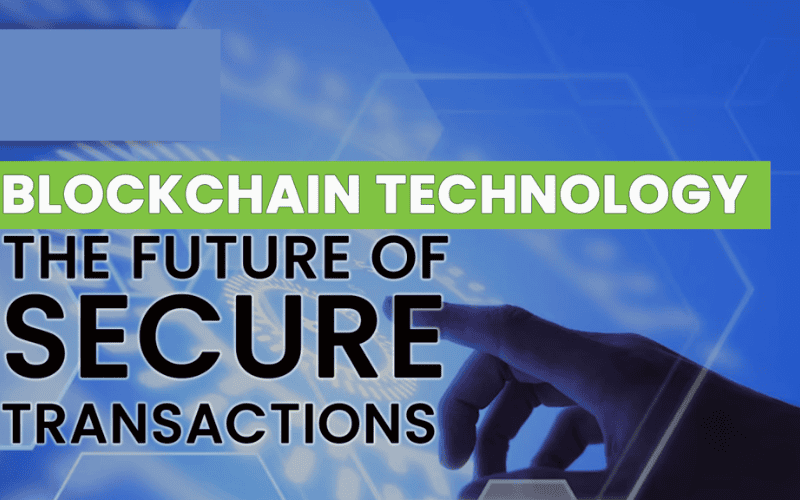
How to choose the best blockchain project ideas for an advanced level?
Choosing the best blockchain project ideas for an advanced level involves several key considerations to ensure that the project is challenging, innovative, and aligned with your interests and goals. Here are steps to help you choose the best-advanced blockchain project ideas:
Identify Your Interests and Goals:
- Interest Areas: Focus on aspects of blockchain technology that interest you the most, such as decentralized finance (DeFi), non-fungible tokens (NFTs), supply chain, healthcare, etc.
- Career Goals: Choose projects that align with your career aspirations. For instance, if you aim to work in the financial sector, a DeFi project would be beneficial.
Evaluate Market needs and trends:
- Current Trends: Research current trends in blockchain technology to identify what’s in demand. This could be emerging technologies like layer 2 solutions, interoperability, or privacy enhancements.
- Market Gaps: Look for problems that still need to be adequately addressed by existing solutions. Addressing these gaps often leads to innovative projects.
Consider Technological Complexity:
- Advanced Concepts: Aim for projects that involve advanced blockchain concepts such as sharding, consensus algorithm design, zero-knowledge proofs, or cross-chain interoperability.
- Learning Opportunity: Ensure the project will push your boundaries and enhance your skills in blockchain development and related areas like cryptography, distributed computing, and smart contract security.
Assess Resource availability:
- Tools and Frameworks: Ensure you have access to the necessary tools, frameworks, and documentation. Advanced projects might require specific platforms like Polkadot for interoperability or Zcash for privacy features.
- Mentorship and Community Support: Access to a community or mentors who can provide guidance can be invaluable, especially for tackling complex challenges.
Feasibility and scope:
- Project Scope: Define your project’s scope carefully to ensure it is manageable. Large-scale projects might be exciting but can also be overwhelming.
- Time and resources: Consider the time and resources you can dedicate to the project.
Potential Impact and Innovation:
- Impact: Choose projects that have the potential to make a significant impact, either socially, economically, or technologically.
- Innovation: Opt for projects that offer innovative solutions or new approaches to existing problems.
In summary, the above article discussed the blockchain security transaction system project. A blockchain-based secure transaction system offers significant benefits to the transaction process, such as enhanced security, transparency, automation, and cost reduction. Thanks to these benefits, Blockchain-based transaction systems are becoming increasingly popular in various fields, from finance, real estate, healthcare, logistics, and more, revolutionizing how we build and maintain trust in digital transactions. For more helpful information about blockchain, please visit the Proxy Rotating website at https://proxyrotating.com to learn more!
>>> See more:
A blockchain carries no transaction cost
A blockchain implements which of the following architectures
Course 1 blockchain fundamentals answers
Blockchain security certification
